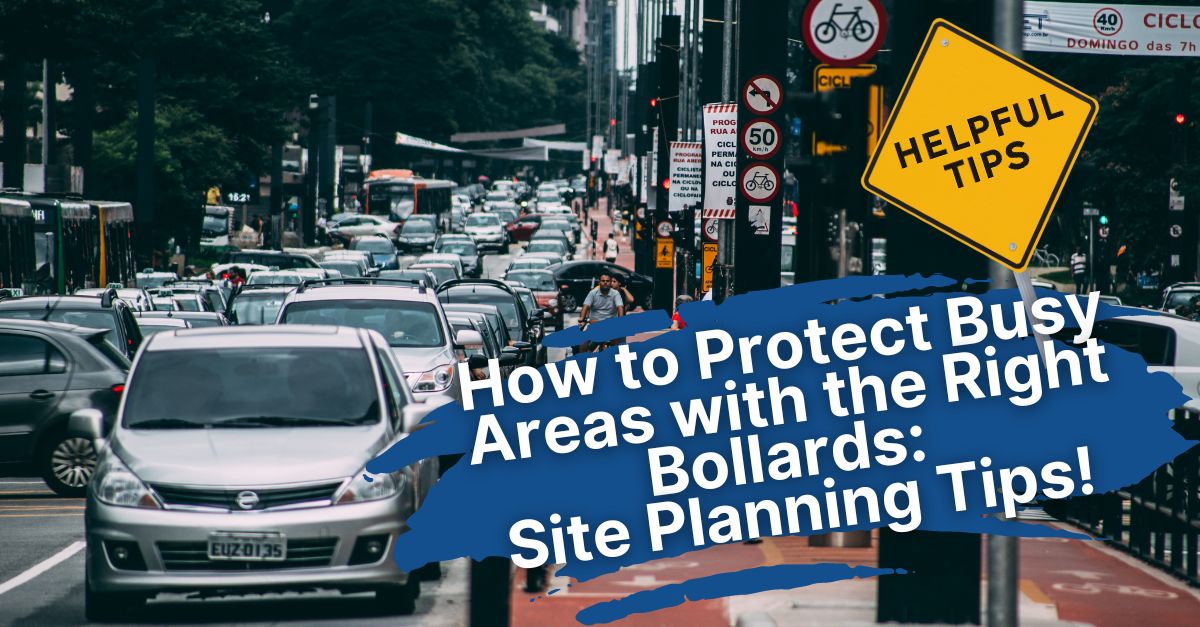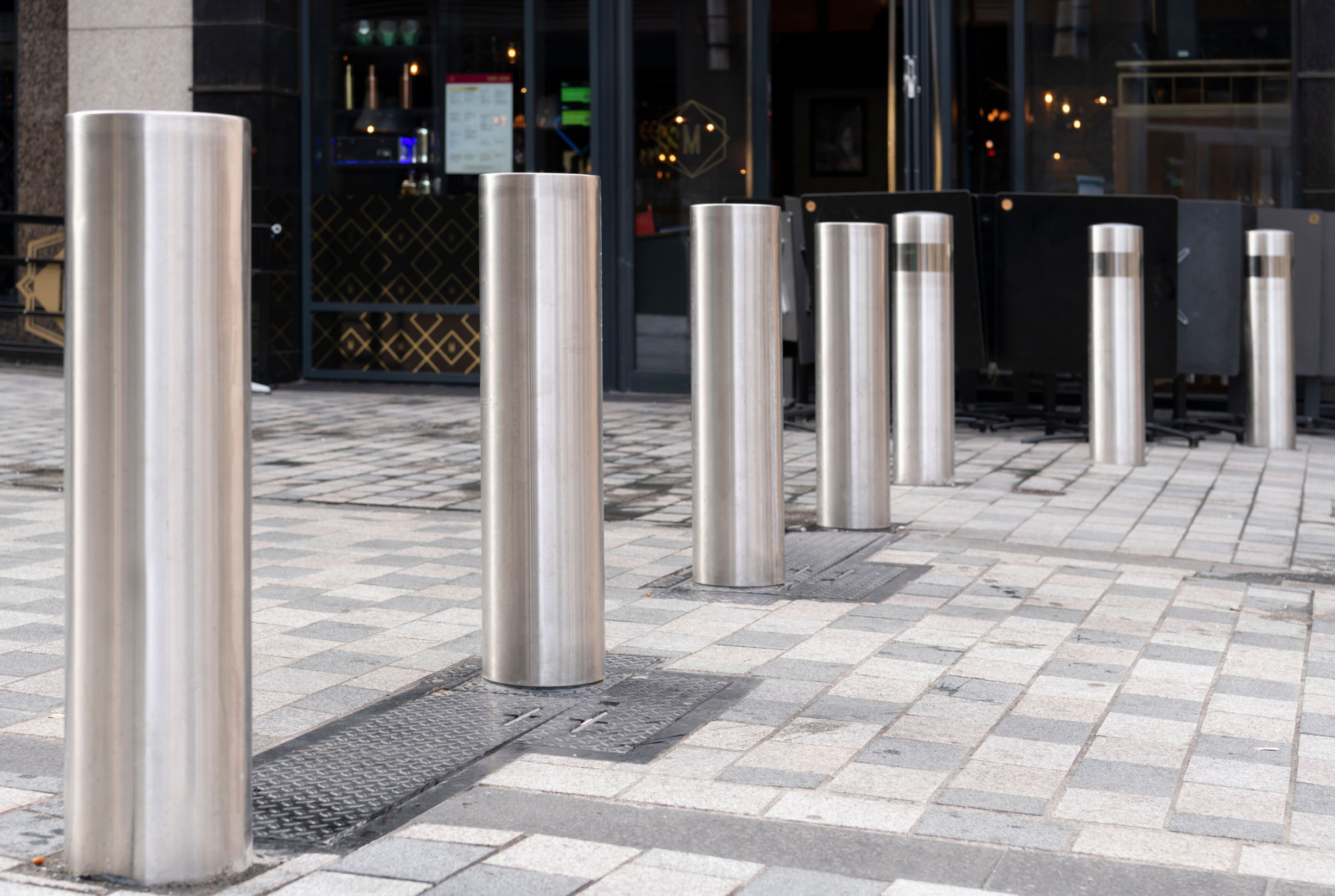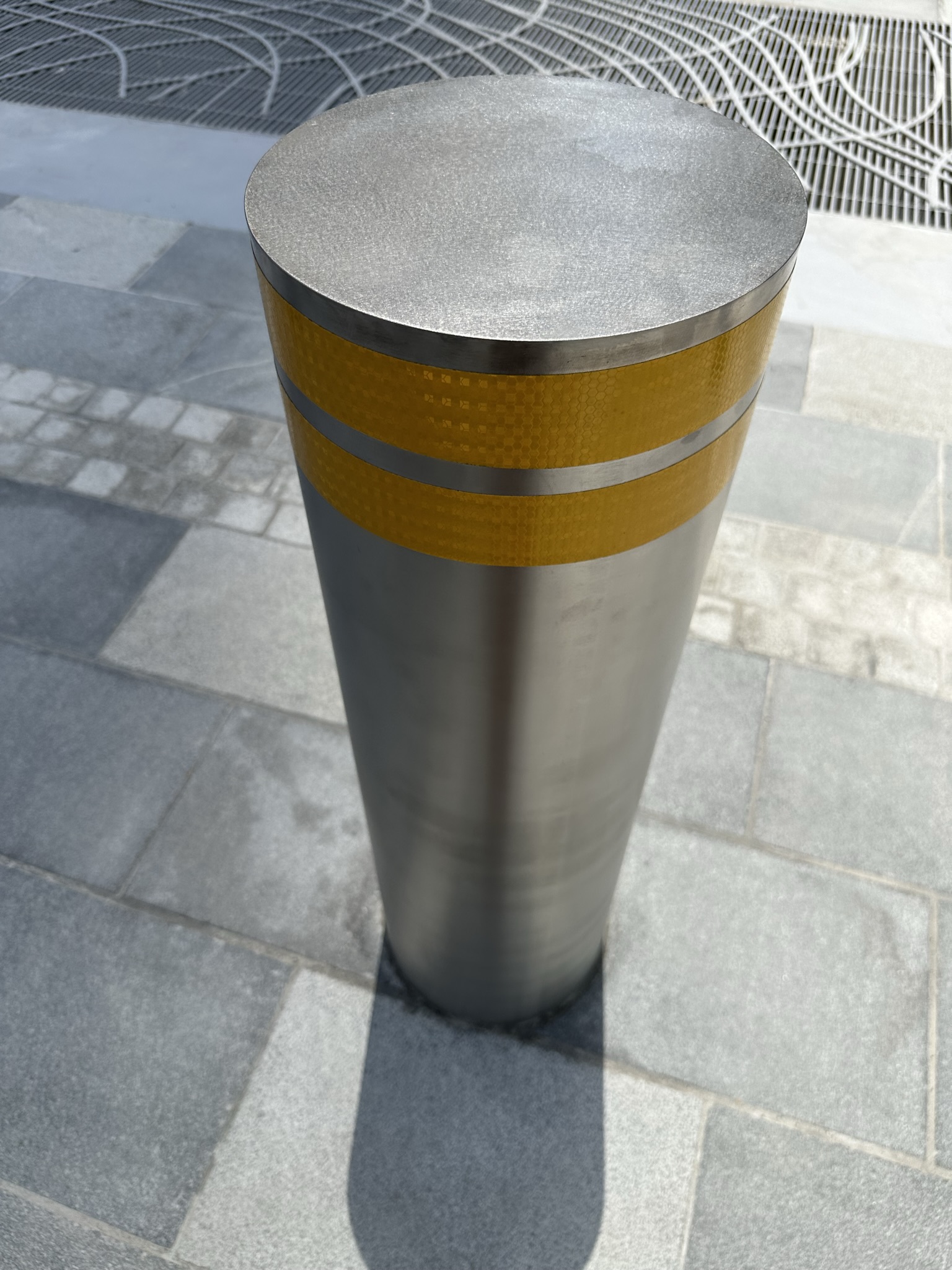
How to Protect Busy Areas with the Right Bollards: Site Planning Tips!

In today’s world, ensuring the safety and security of high-traffic areas is more important than ever. One of the most effective ways to protect these areas is through the use of bollards. These sturdy, vertical posts serve as barriers that can prevent vehicles from entering pedestrian zones, storefronts, and other vulnerable spaces. This blog post will explore the importance of site planning for bollards, highlighting their various applications and benefits. Whether you’re a security professional, urban planner, facility manager, or property owner, this guide will provide valuable insights into how bollards can enhance safety and security.
What are Bollards?
Bollards are short, sturdy posts that are typically installed to control or direct road traffic. They can be made from a variety of materials including steel, concrete, and plastic. While they are often used to prevent vehicular access, bollards can also serve decorative purposes or act as a visual guide in urban landscapes.
Types of Bollards
There are several types of bollards, each designed for specific applications. These include:

- Static Bollards: Fixed in place and provide a permanent solution.
- Automatic Bollards: Can be raised or lowered as needed, offering flexibility in controlling access.
- Removable Bollards: Can be taken out when not needed, providing temporary access.
The Importance of Proper Site Planning
Proper site planning is crucial when installing bollards. It ensures that the bollards are placed in the most effective locations to maximize their protective capabilities.
Assessing the Area
Before installing bollards, it’s important to assess the area that needs protection. This involves understanding the flow of both pedestrian and vehicular traffic, identifying vulnerable points, and determining the level of security required.
Choosing the Right Bollards
Selecting the appropriate type of bollard is essential for effective site planning. For high-security areas, crash-rated bollards like those offered by Frontier Pitts may be necessary, while decorative bollards might be more suitable for public spaces.
Legal and Compliance Issues
It’s also important to consider any local regulations or compliance issues related to bollard installation. This may include obtaining permits or adhering to specific safety standards.
Benefits of Bollards
Bollards offer numerous benefits, making them a popular choice for enhancing security in high-traffic areas.

Enhanced Safety
One of the primary benefits of bollards is enhanced safety. They can prevent vehicles from accidentally or intentionally entering pedestrian zones, reducing the risk of accidents and injuries.
Traffic Control
Bollards can also help control traffic flow, guiding vehicles to appropriate areas and preventing unauthorized access. This is particularly useful in parking lots, restricted zones, and event venues.
Aesthetic Appeal
Beyond their functional benefits, bollards can also enhance the aesthetic appeal of an area. Decorative bollards can be designed to complement the surrounding architecture, adding visual interest while serving a practical purpose.
Applications of Bollards
Bollards can be used in a variety of settings to enhance safety and security.
Urban Areas
In urban areas, bollards are commonly used to protect pedestrians, cyclists, and infrastructure from vehicular traffic. They can be found on sidewalks, bike lanes, and public squares.
Commercial Properties
Commercial properties often use bollards to protect storefronts, parking lots, and loading docks. They can prevent vehicles from crashing into buildings, reducing the risk of damage and injury.
Government and Military Installations
High-security areas such as government buildings and military installations often require crash-rated bollards. These bollards are designed to withstand vehicle impacts, providing a robust barrier against potential threats.
How to Plan Your Bollard Installation
Effective site planning for bollards involves several key steps.
Conduct a Risk Assessment
The first step in planning your bollard installation is to conduct a thorough risk assessment. This involves identifying potential threats and vulnerabilities, as well as understanding the specific needs of the area.
Design the Layout
Once you’ve conducted a risk assessment, the next step is to design the layout of your bollards. This involves determining the optimal placement and spacing to ensure maximum protection.
Choose the Right Materials
Selecting the right materials for your bollards is also important. Steel and concrete are popular choices for high-security applications, while plastic and other lightweight materials may be suitable for less critical areas.
Install and Maintain
Proper installation and maintenance are crucial for ensuring the effectiveness of your bollards. This may involve regular inspections and repairs to address any wear and tear.
The Role of Crash-Rated Bollards
Crash-rated bollards are designed to provide a higher level of security by withstanding vehicle impacts. These bollards are often used in high-security areas to protect against hostile vehicle attacks.